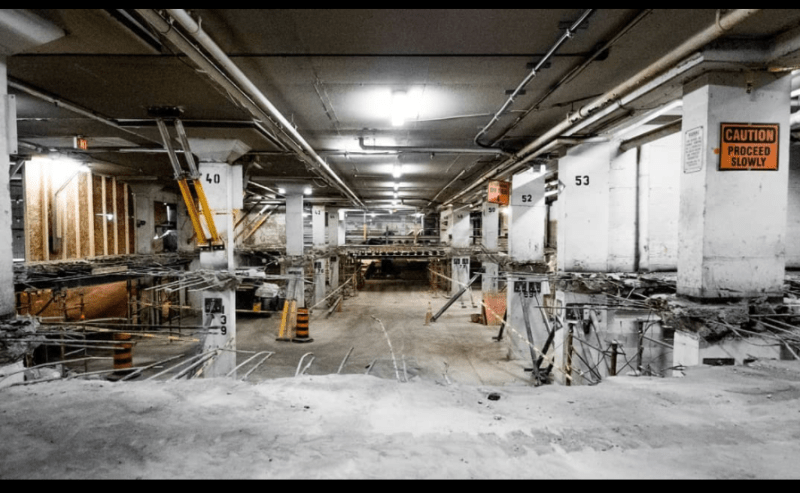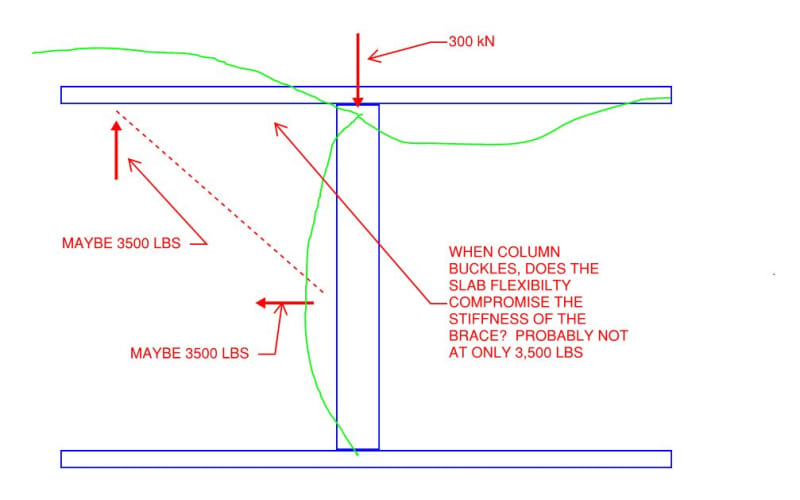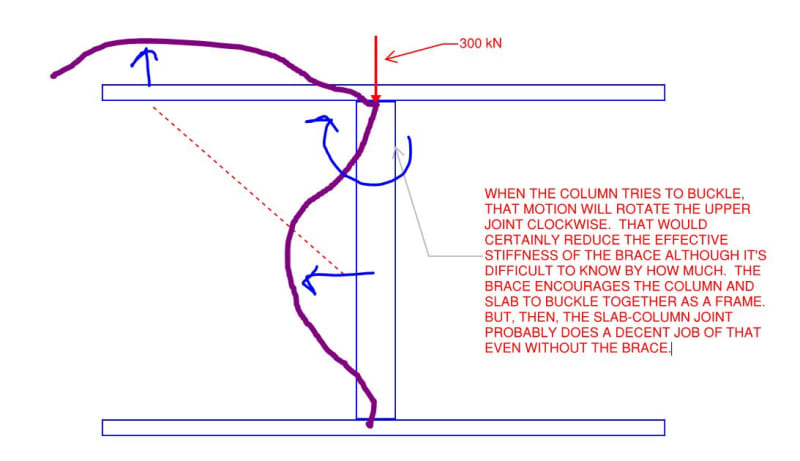1) Enable's recommendation is consistent with what I'd do in a similar situation.
2) My only concern with the 2% rule is that the most important thing in these situations is the stiffness of the brace, not the strength. So, when you're using the 2% strength rule of thumb, you are getting an implicit stiffness that depends on the material chosen for the brace. So, if your brace would be made of something other than steel (unlikely, I know), I would do one of the following:
a) Ratio up the 2% based on the ratio of the elastic modulus of the brace material relative to steel or;
b) Just use the AISC appendix 6 recommendations for brace stiffness.
My theory on this is kind of torpedoed by the fact that the 2% rule is also often applied in wood design. So maybe my concern is purely pedantic, it' hard to say. Just don't brace your columns with really strong licorice sticks or anything like that.
3) You see a lot of wallumns out in the wild these days. Wallumns = columns with high h/b on the plan dimensions. If you've got one of those, give some consideration to a potential need to rotationally restrain the column in addition to laterally restraining it.
4) I struggle to know what to make of tolerances in this situation. Most requirements pertain to column variations within a single column between floors. Going from floor to floor, however, I believe that it's somewhat common for contractors to make small corrections in column plumbness and position. As such, one might see greater variation in a newly made two story column than one might find in a column that was cast a two story column from the get go. Yet another good reason for 5% rather than 2% in my opinion.



